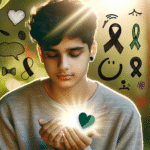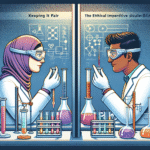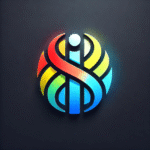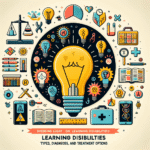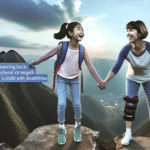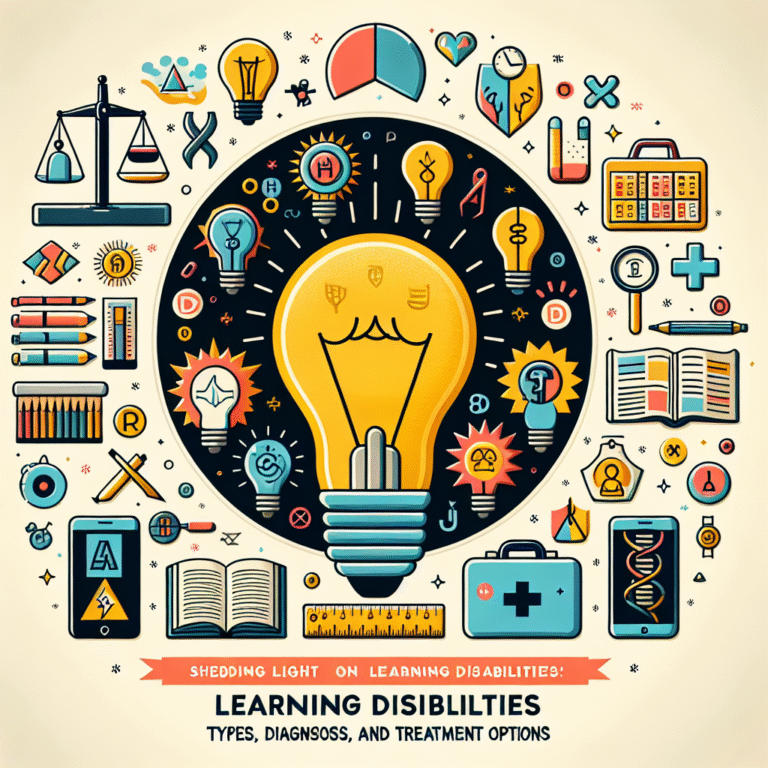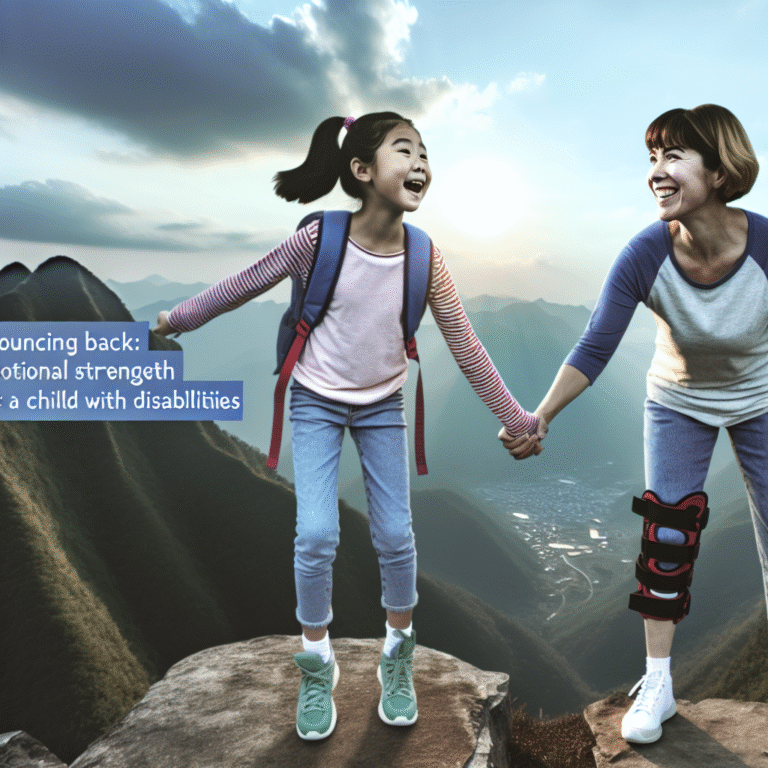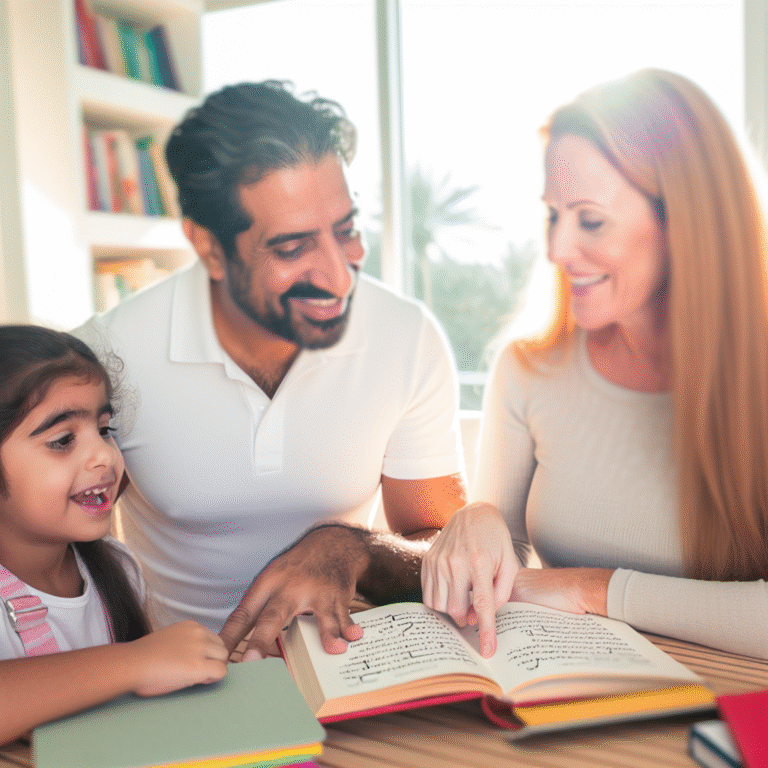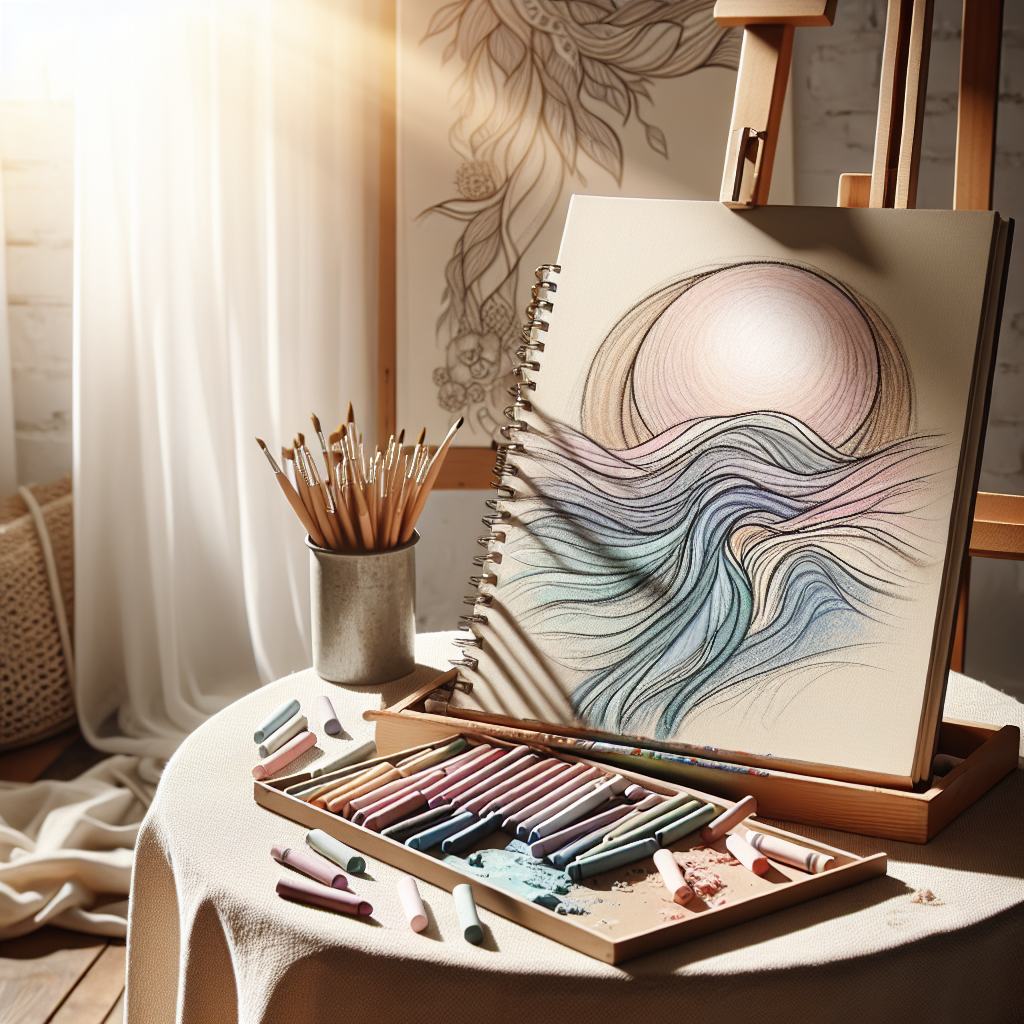
Find Your Muse: Essential Art Therapy Exercises for Managing Anxiety
Introduction
Anxiety often feels like an uninvited guest who overstays their welcome, casting a shadow over daily life. As countless individuals search for ways to navigate their anxiety, many overlook a powerful tool nestled within their creative potential – art therapy. The mindset of ‘Find your Muse’ serves not only as a call to awakening one’s creativity but also to engage with the healing properties of expressive art. Through art therapy exercises, individuals can confront and manage anxiety, transforming their fears into vivid expressions of emotion. In this comprehensive guide, we will explore engaging strategies and real-world applications of art therapy, highlighting how you can find solace and strength in your own creativity.
Understanding Art Therapy
Before diving into specific exercises, it’s essential to understand what art therapy entails. Art therapy combines the creative process of making art with psychological theory and therapeutic practices, allowing individuals to explore their feelings, reduce anxiety, and improve cognitive function. It is more than just creating beautiful pieces; it’s about the journey of self-discovery and emotional healing.
The Science Behind Art Therapy
Research has consistently shown that engaging in art can reduce physiological indicators of anxiety, such as heart rate and blood pressure. A 2015 study in the American Journal of Public Health found that individuals engaged in artistic activities reported lower levels of anxiety and increased feelings of well-being. Art serves as a visual language, enabling individuals to express thoughts and feelings that may be difficult to articulate verbally.
Find Your Muse: Art Therapy Exercises for Managing Anxiety
Finding your muse is about tuning into your creative spirit, allowing it to guide you through artistic exploration. Below are various art therapy exercises designed specifically to harness creativity for managing anxiety.
1. Visual Journaling
What is it?
Visual journaling is the practice of combining writing and visual art in a personal sketchbook. This exercise helps individuals articulate their thoughts and emotions through images and words.
How to Do It:
- Choose a journal and gather your art supplies (colored pencils, markers, or paint).
- Spend 10-15 minutes daily responding to prompts such as “What does anxiety feel like?” or “Draw a safe place.”
- Allow your expression to flow without judgment.
Case Study Insight:
A 32-year-old woman battling generalized anxiety disorder reported that visual journaling allowed her to explore her emotions deeply. She used prompts to uncover hidden fears and channelled them into colorful representations, which ultimately provided her clarity and emotional relief.
2. Mindful Mandala Creation
What is it?
Creating mandalas, circular designs, can be a meditative practice that fosters concentration and calmness.
How to Do It:
- Gather art supplies such as paper and colored pencils or paint.
- Set aside a quiet space and take a few deep breaths to center yourself.
- Begin to draw a circle and gradually fill it in with colors, shapes, and patterns that resonate with your current emotional state.
Relevance to Anxiety Management:
Studies have illustrated that repetitive patterns help lower stress levels. Color and pattern can act as a distraction, making it easier to manage anxiety in the process.
3. Collage of Emotions
What is it?
Creating a collage allows individuals to express emotions visually without the constraints of structured art forms.
How to Do It:
- Collect magazines, newspapers, and printed images.
- Cut out images and words that resonate with your emotional experiences.
- Assemble them onto paper or canvas, reflecting how you feel.
Case Study Insight:
A 22-year-old college student utilized collaging to express overwhelming feelings at the start of the semester. By physically assembling images representing her anxiety, she gained insight into her emotional landscape, ultimately enabling her to address her concerns proactively.
4. Creative Writing and Illustration
What is it?
Combining storytelling with art can illuminate the narratives we carry and help externalize anxiety.
How to Do It:
- Write a short story or poem about your feelings related to anxiety.
- Illustrate key scenes or emotions that arise from your writing.
- Use this process as a method for reflection and understanding.
Impact on Emotional Health:
Writing paired with illustration offers a dual approach to processing emotions. It engages both hemispheres of the brain, enhancing emotional regulation and insight.
5. Nature-Inspired Art
What is it?
Utilizing the beauty of nature can foster tranquility and connection, aiding in anxiety relief.
How to Do It:
- Collect natural materials such as leaves, flowers, and stones.
- Create art using these materials – whether it’s pressing flowers, creating sculptures, or painting landscapes.
- Spend time outdoors, allowing the natural scenery to inspire your creative process.
Relevance to the Topic:
Nature has proven healing properties, and creating art with natural elements promotes mindfulness and reduces anxiety levels.
Summary Table of Art Therapy Exercises
| Exercise | Description | Benefits | What You Need |
|---|---|---|---|
| Visual Journaling | Combining visual art with writing | Emotional exploration and clarity | Journal, art supplies |
| Mindful Mandala Creation | Drawing circular designs in a meditative state | Reduced stress and improved focus | Paper, colored pencils/paints |
| Collage of Emotions | Assembling images that represent your feelings | Visual representation of emotions | Magazines, scissors, paper |
| Creative Writing & Art | Writing stories/poems and illustrating them | Dual processing reduces anxiety | Paper, writing tools, art supplies |
| Nature-Inspired Art | Using natural materials for artistic creation | Connection to nature decreases stress | Natural materials, art supplies |
Conclusion
Finding your muse through art therapy exercises offers a powerful avenue for managing anxiety. Whether it’s through visual journaling, mandalas, or creative writing, each practice allows individuals to embrace their creativity as a form of healing. These exercises not only serve as coping mechanisms but also empower individuals to explore their emotional landscapes actively. By channeling anxiety into art, each stroke, color, and shape becomes a step toward self-discovery and peace.
Call to Action
Now, it’s your turn to pick up that paintbrush or pen—find your muse and dive into the therapeutic world of art. Remember, every masterpiece begins with a single stroke, and every journey starts with the courage to create.
FAQs
What is art therapy, and how does it help with anxiety?
Art therapy combines art-making and therapeutic practices, allowing individuals to express emotions non-verbally, which is often beneficial in managing anxiety.
Do I need to be an artist to practice art therapy exercises?
No, art therapy is accessible to everyone, regardless of artistic ability. The focus is on expression rather than skill.
How often should I engage in art therapy exercises?
Consistency is key; try to include art therapy exercises into your routine a few times a week for optimal benefits.
Is there scientific evidence supporting art therapy for anxiety?
Yes, numerous studies have demonstrated the positive impact of art therapy on reducing anxiety symptoms and enhancing overall well-being.
- Can I do art therapy alone?
Absolutely! While working with a licensed art therapist can be beneficial, many exercises can be tailored for self-directed use at home.
In summary, ‘Find your Muse: Art Therapy Exercises for Managing Anxiety’ provides not only a way to explore your creative side but also a path towards emotional healing. Embrace your creativity and take the first step today!
